
Honda Civic vs Skoda Octavia: Petrol AT Comparison Review
- May 17, 2019
- Views : 10241

Update: The Honda Civic has been launched, priced from Rs 17.70 lakh to Rs 22.30 lakh, ex-showroom pan-India.
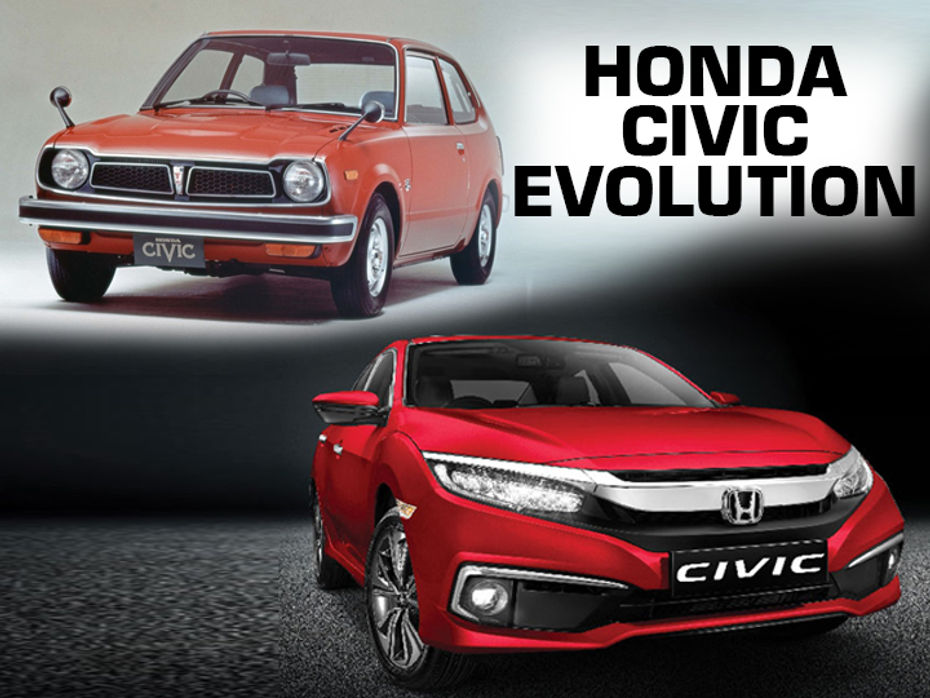
Say Honda Civic to anybody who knows even a little bit about cars and there will be a myriad of reactions. In India, most will talk about the 8th-gen model, which blew people away with its sleek design on the outside, spaceship-like instrumentation on the inside and radiated a sense of premiumness like no other sedan in its class. Some may remember the versions imported before it, whose features, quality and handling characteristics - as compared to the cars most people had access to in India at the time - was mind-blowing. Finally, enthusiasts will remember the RS variants which were legends in their own rights. None of them ever made it to Indian shores, but their lores had travelled through various mediums and the reverence for them grew even if only a handful ever made it to our shores. Here’s a brief look at how the Honda Civic has evolved through the ages.
1972
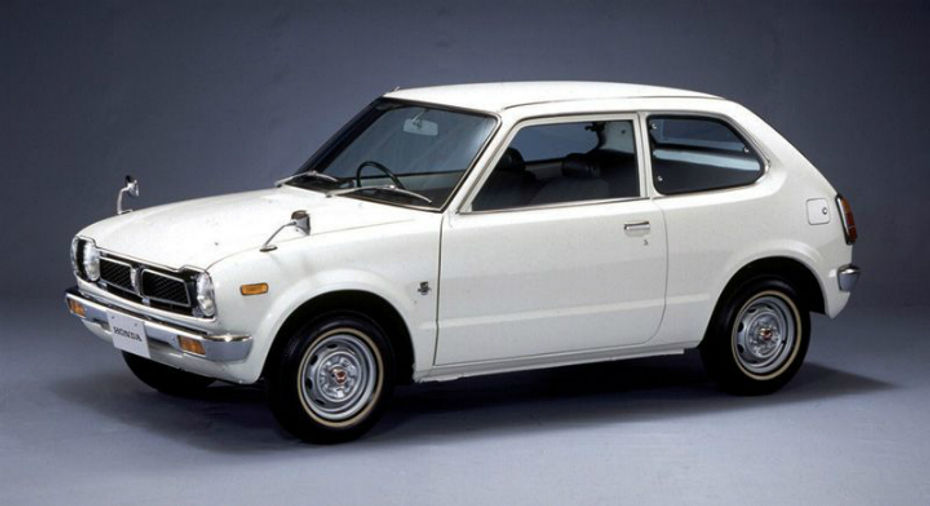
If not for the global oil crisis which began in 1973, the Honda Civic may not have become as popular as it is today. It was introduced to one of the largest car markets in the world, the United States of America, by 1973 - coinciding with the ‘shock’ which forced people to look for fuel-efficient cars. The first-gen Honda Civic was only 3551mm long, smaller than the Honda Brio, but was accepted by Americans who were used to bigger cars. This was thanks to its spacious interiors, the fuel-efficient four-cylinder engine paired to an equally fuel-efficient front-wheel design and dependable, quality build - all for an affordable price.
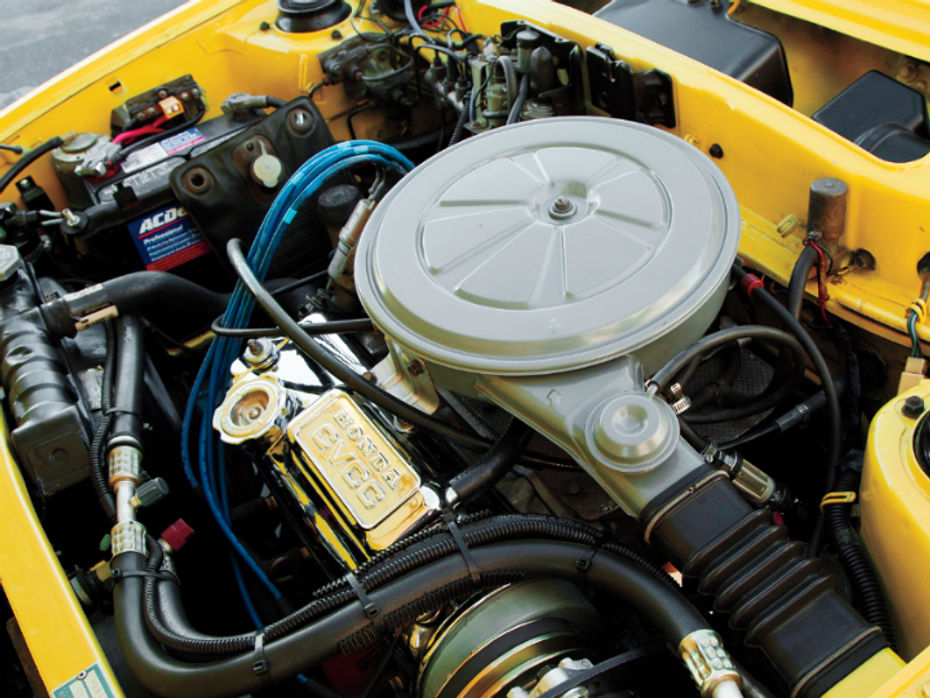
^photo courtesy hypermiling.net
Honda’s philosophy of finding new innovations constantly also helped it keep its cars as peppy as ever. CVCC (Compound Vortex Controlled Combustion) engine burnt fuel better than conventional engines, this reduced its emissions and thus did not require the car to be fitted with a power-sapping catalytic converter. By the time the second-gen Civic was rolled out, the first gen had grown from being a 2-door hatchback to a 3-door hatchback, a 5-door hatchback and even a 5-door van! 2-speed Hondamatic automatic transmissions were also available for those who wanted some convenience.
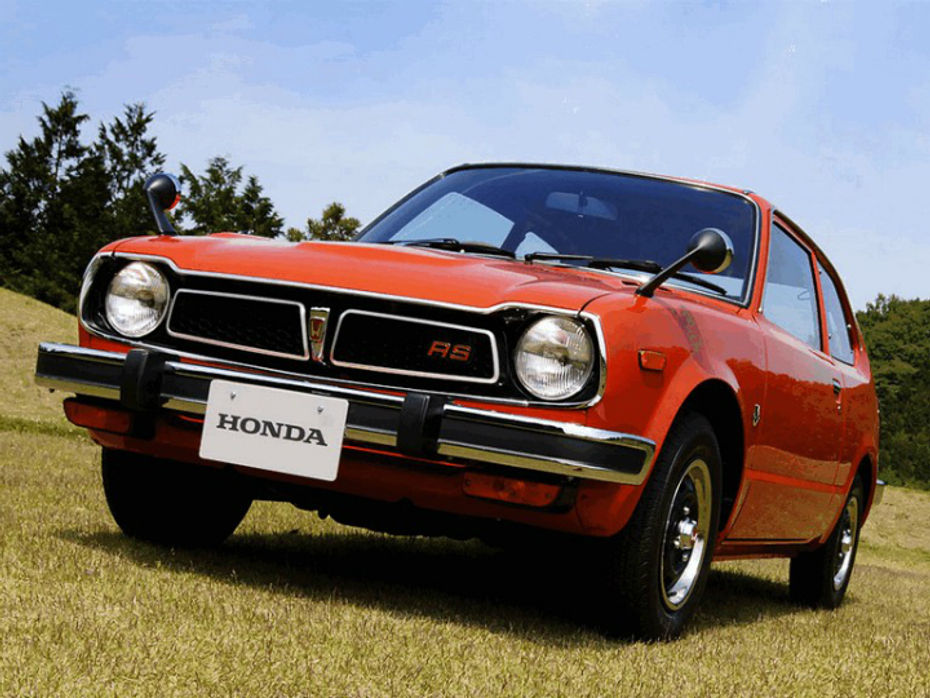
The Japan market, meanwhile, also saw the introduction of an RS variant, developing 76PS/101Nm from a 1.2-litre, 4-cylinder motor, capable of reaching 160kmph! This would spawn the journey towards the R-Type models of the future.
1979
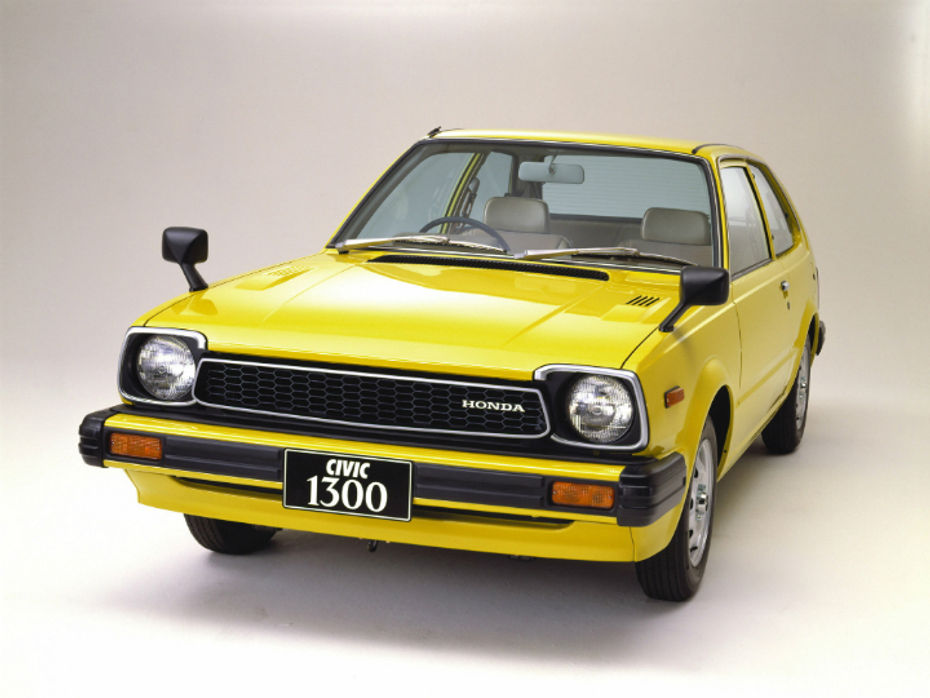
With no kei-car regulations to adhere to worldwide, Honda took this liberty to make the second-gen Civic bigger in every way. It also looked bigger, thanks to the new angular design inspired by the larger Accord. Engines and transmission were also improved for new pollution norms and to keep in contention with the competition. The Civic crossed the 4-metre mark in the form of the 4-door sedan, which drove home the point that the Civic could be premium too. Adopting a beam-axle design at the rear, as compared to the independent unit before, also helped create more space for passengers and their luggage.
The next step towards the R-Type was taken with the introduction of the Civic ‘S’. This featured a more powerful engine than the standard hatch along with stiffer suspension setup, a rear stabiliser bar and grippier tyres.
1983
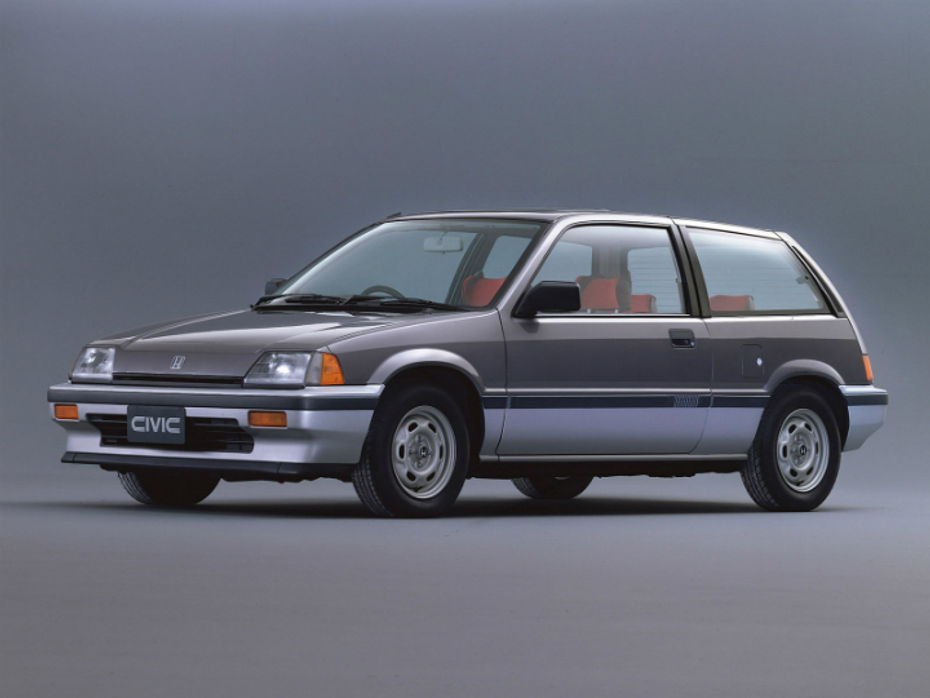
The ‘tall-boy’ Civic introduced in 1983 looked like it did because Honda wanted to follow a “maximum space for people, minimum space for mechanisms” philosophy. The CRX coupe hatchback design was introduced and was a hit with those looking for a stylish compact car.
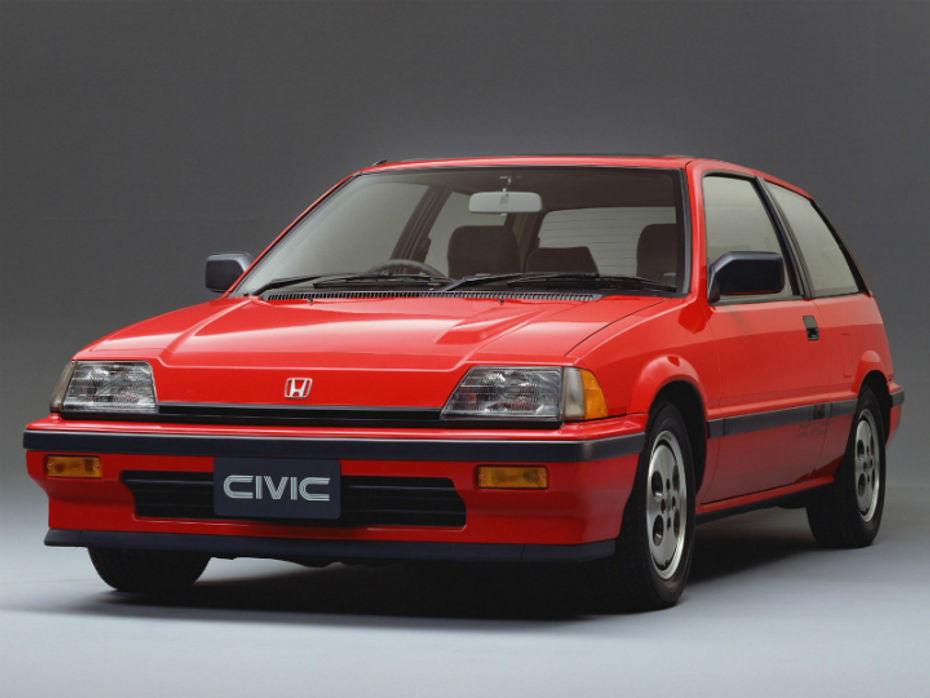
Si variants of the Civic hatchback and the Civic CRX made their debut across the world. With 0-100kmph times around the 9-second mark, the Civic was giving Volkswagen Golf GTIs and their likes a run for their money.

Funky looking Shuttle/Wagon variants offered more space and on-the-fly AWD system (which was later upgraded to a real-time 4WD system).
1987
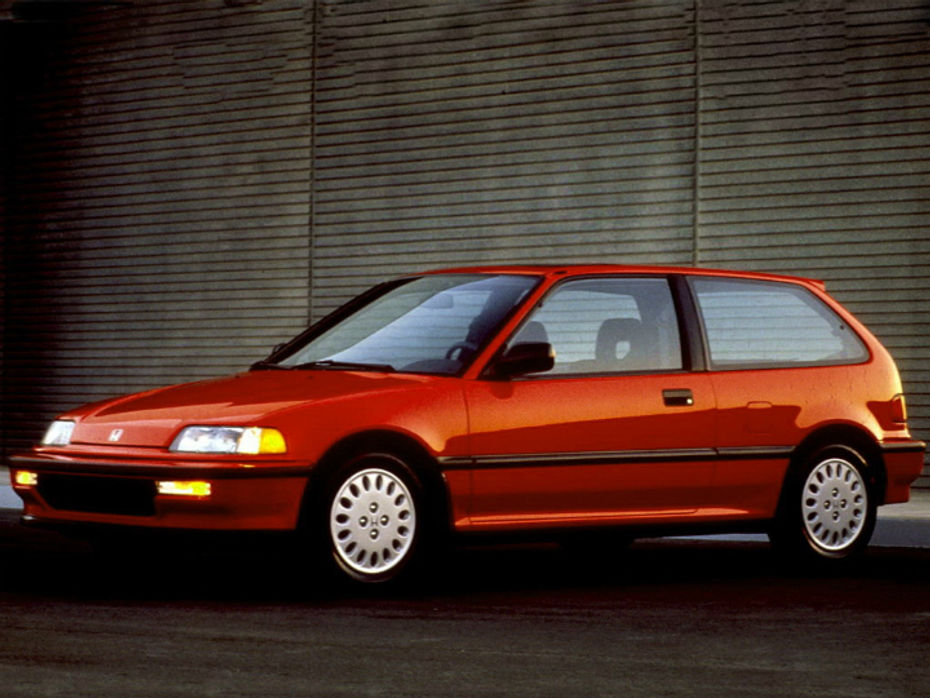
‘VTEC Kicked In, Yo!’ The Civic SiR set the precedent for a whole series of high-revving, efficient-but-fun engines. While some non-performance variants continued to be powered by carbureted engines, most Civics - at least in markets like the US - had fuel injection. Fancy automatic seatbelts, which would retract into the A-pillar when the front door was opened, were introduced in the US to meet safety norms - though they were quite cumbersome to use.
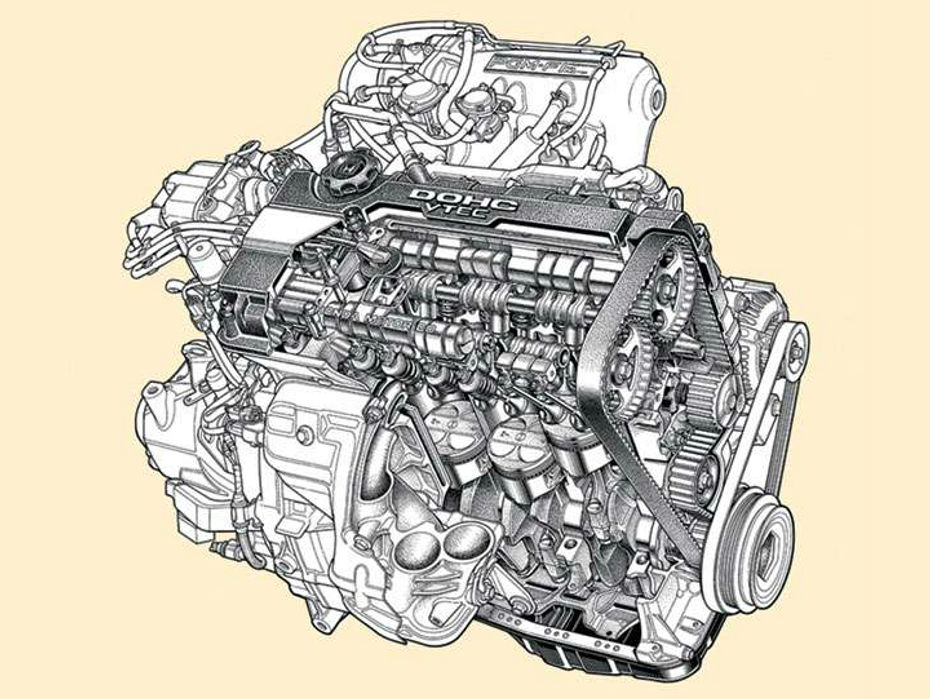
The popularity of the Civic as a sporty car was growing in this era. Many enthusiasts found the Civic to be a good base to build track day cars out of, especially in road course racing, which required a good suspension setup. The suspension setup, which employed a control arm at the front and rear, was inspired by F1 cars of the era.
1991

Gone were the sharp lines of the 4th-gen Civic, replaced with a more aerodynamic smoother look. The Wagon variants were finally dropped from the lineup, the Civic could only be had in the hatchback, CRX coupe and sedan versions.
The suspension was made more comfort-oriented at the expense of crisp handling - a sign that the Civic was becoming a premium product far removed from the compact car that was launched almost two decades ago.
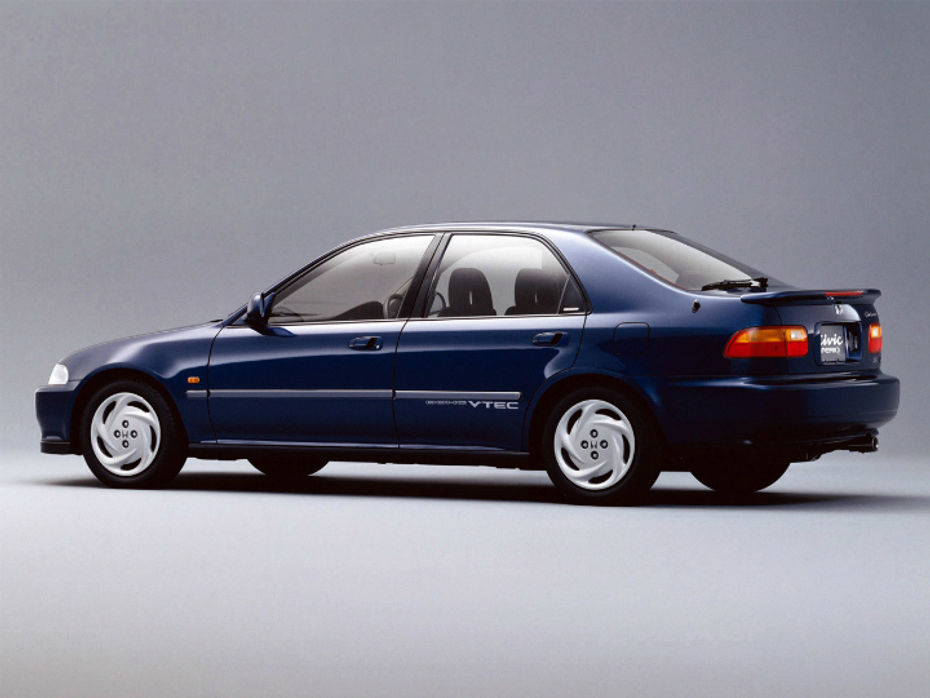
Lightweight construction was also used to make the Civic more efficient, while VTEC technology was further improved to make the engine burn fuel more efficiently. Another oil crisis around this time also introduced the Civic VX to the US market - this shed weight by using less trim, a smaller tank, lightweight smaller wheels and an engine that was extremely focused on saving fuel at all costs.
The Civic Si gained more power and was capable enough to complete the 0-100kmph time in 7.5 seconds. The addition of disc brakes on the rear axle and ABS meant the Civic had now become a true performance hatchback. ABS was introduced across the lineup in the last year before the introduction of an all-new Civic.
1995

If this looks familiar to you, it is because some of these were imported to India by expats and NRIs who could not live without their beloved Hondas. This was the first time a Honda Civic was powered by a diesel engine too, but the engine was not Honda-designed. It was borrowed from MG Rover and catered to the increasing demand for diesel-powered cars in the market. CNG-powered variants were also introduced in the US.
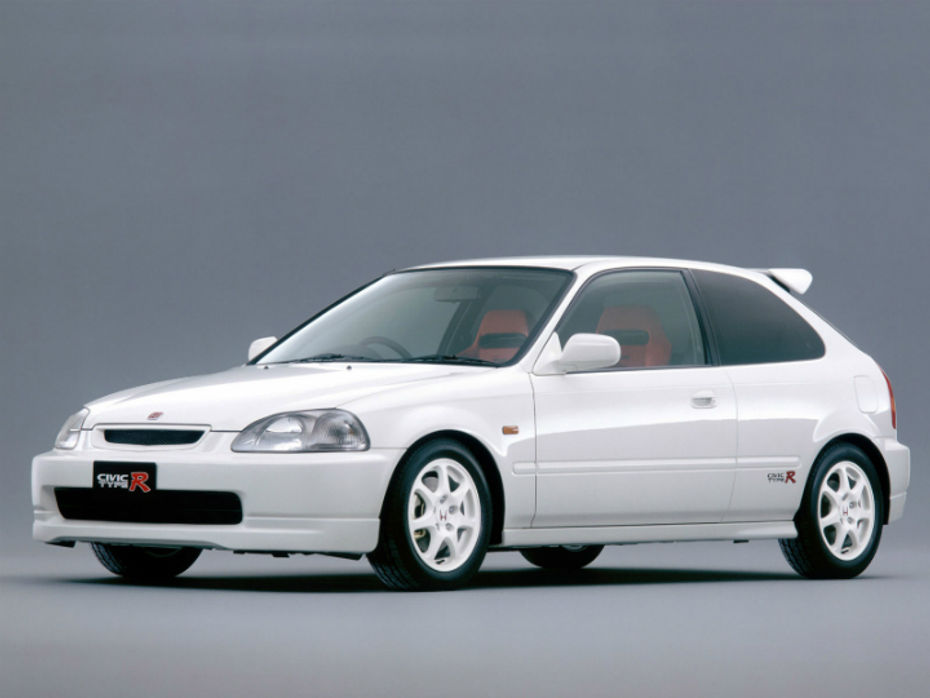
This was also the first time the R-Type badge made an appearance on the Civic, but available only in Japan. That did not stop it from becoming the centrepiece of legends -- its 185PS(!) 4-cylinder naturally aspirated motor paired to a short-shifting 5-speed manual and delivering power through an LSD-equipped front axle made it a track day hero.
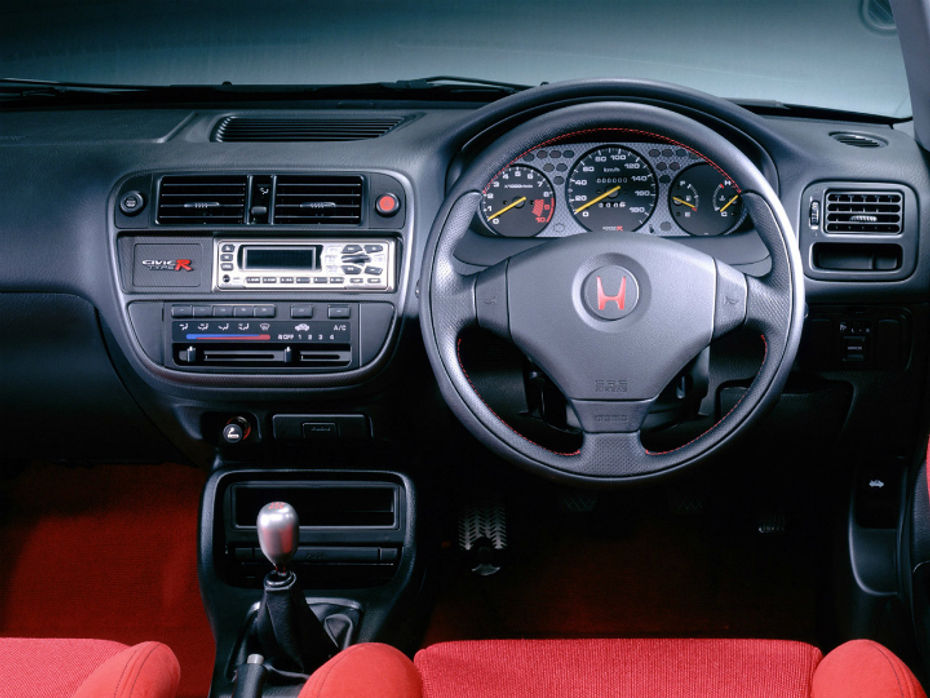
A reinforced monocoque chassis, lightweight program which removed sound deadening and interior trim, bigger brakes, quicker steering ratio, tuned suspension, Recaro seats, Momo wheel, titanium shift knob and other unique features made this very desirable.
2000
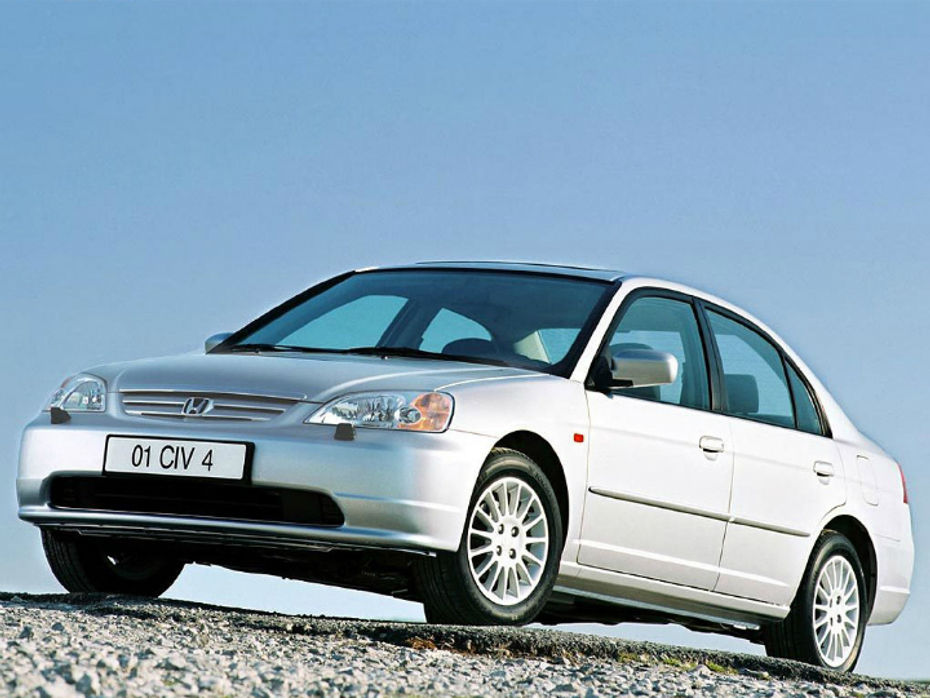
While exterior dimensions remained the same as the 6th-gen model, the 7th-gen model had increased interior space thanks to a flat floor - which in turn was achieved thanks to the use of MacPherson struts instead of double-wishbone suspension.
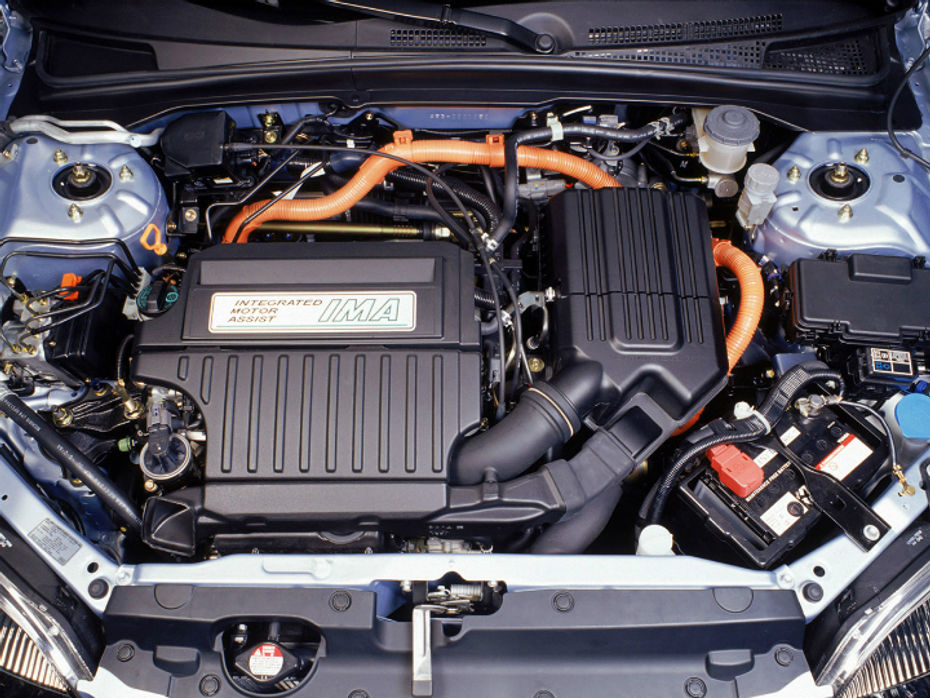
The first ever Civic hybrid was launched in the US, powered by a combination of a 1.3-litre, in-line 4-cylinder petrol paired to electric motors which were powered by a small battery array.
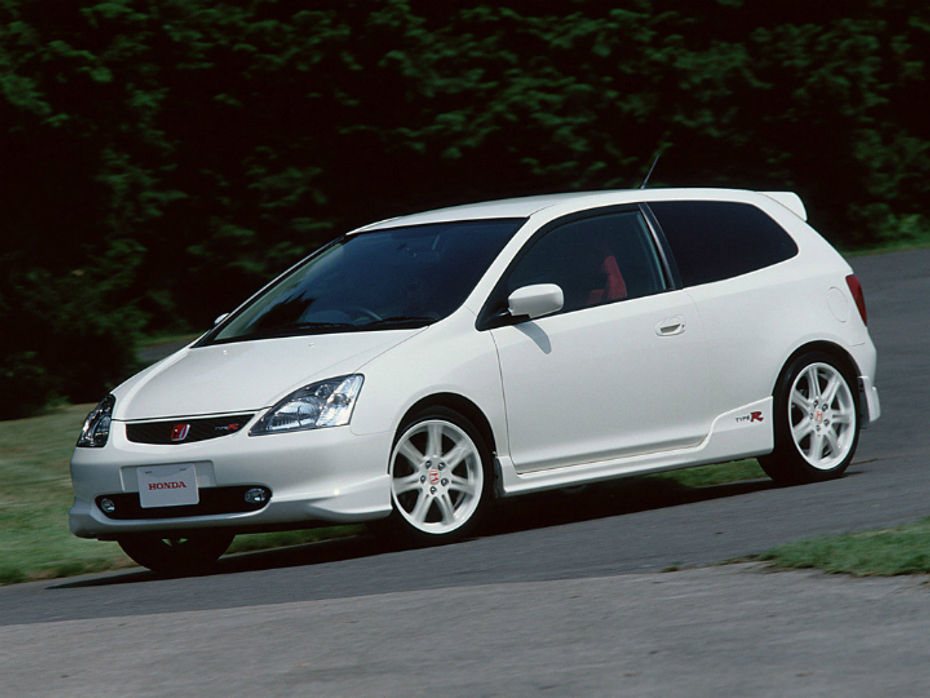
The Civic Type R made its European debut with a launch in the UK. While the first units did not receive some of the mods which made the first-gen famous, including a limited-slip differential an Recaro seats, demand from the power-hungry buyers forced the company to add these features quickly. Projector HID headlamps, a lighter clutch, lighter flywheel and improvements to the steering were added later to address handling criticisms.
2005
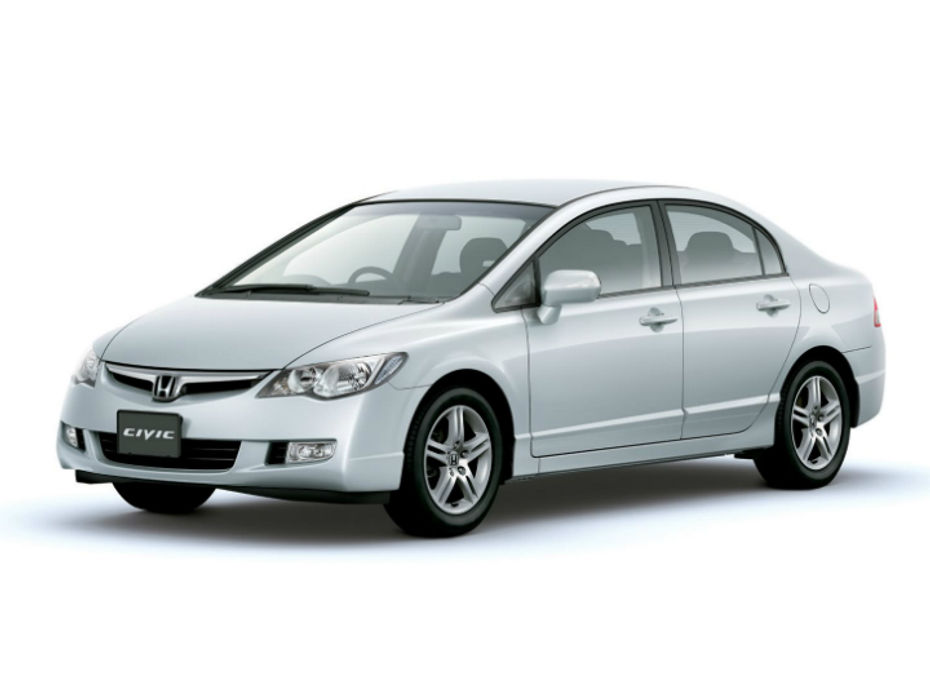
You may recognise this car; this is the Civic that Honda finally launched in India. The two-tier instrument panel, which many linked to displays in futuristic spacecrafts/aircrafts, made the Civic very memorable. European markets received a completely different looking Civic as compared to the rest of the world, Honda trying to appeal to those buyers with a design which would appeal to European sensibilities.
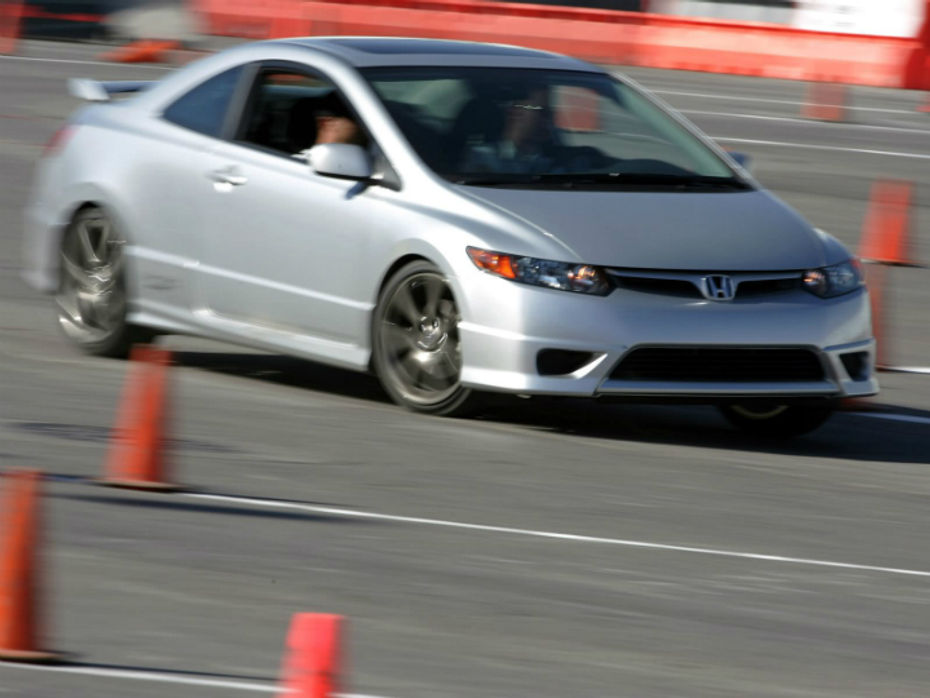
The Asian markets, including India, featured a different design to the ones sold in the US - especially in the way the headlights and taillamps looked.
In India, the Civic was available with either a 1.8-litre, 4-cylinder petrol motor or a 1.3-litre, 4-cylinder petrol paired to an electric motor. The 1.8-litre motor could be had with a manual or a torque converter, while the Hybrid was only available with a CVT. While the Civic was very popular when launched in 2005, it couldn’t keep up with more aggressive pricing by rivals - especially Toyota - and didn’t have any diesel powertrains on offer. Honda had developed its own diesel engine for the European market, but did not launch it in India citing fuel quality and costs. Honda discontinued the Civic in 2012 and has kept us waiting ever since - till now.
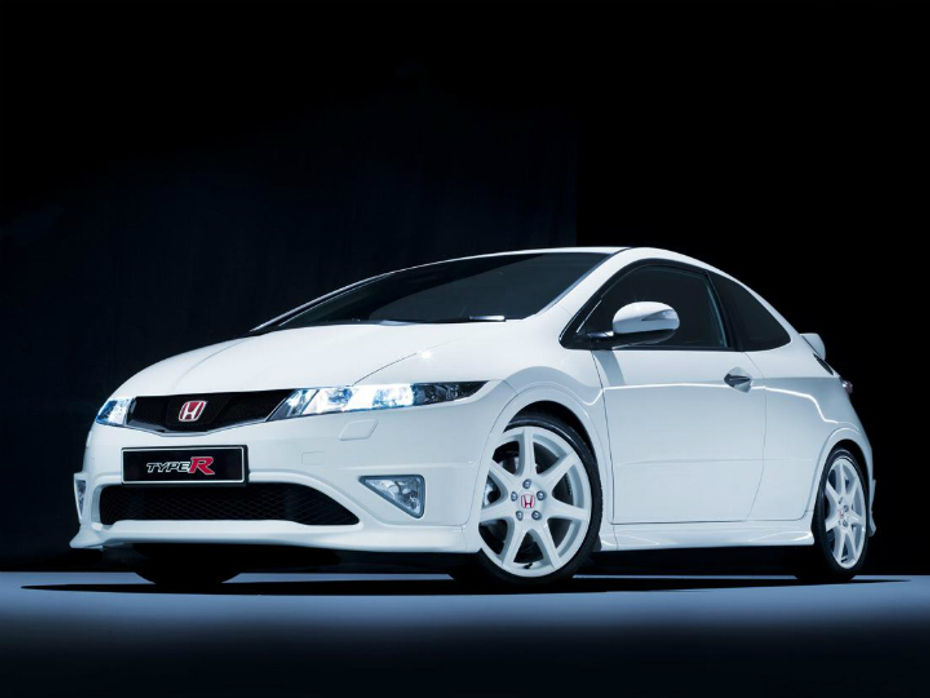
The Type-R also had different body styles for the JDM and European markets. The European car was a hatchback (FN2), the JDM one was a sedan (FD2). The Japanese sedan had a more powerful engine and was also available in a limited edition Mugen RR version which used carbon fibre bumpers and aluminium bonnet for weight savings.
2011
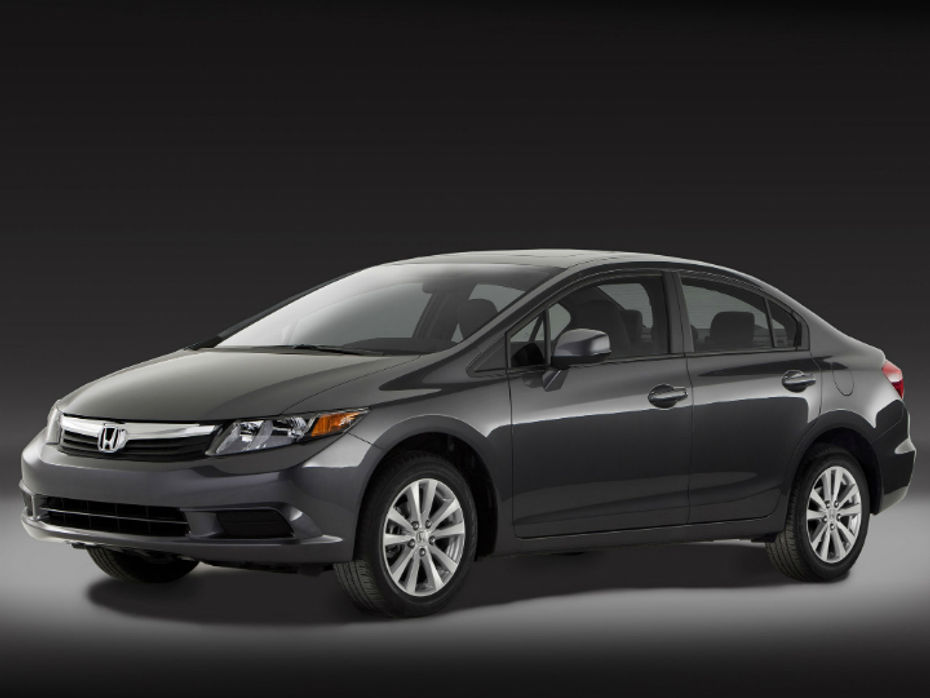
The 2008 international market collapse led to Honda rethinking how the next-gen Civic would be, in the middle of developing it. While initial plans were to make it bigger, it was shelved in preference to making it more spacious and efficient while keeping similar dimensions as before.
The non-Euro models lost the striking design of the 8th-gen model, the meeker design was meant to attract those looking for a no-nonsense car in the middle of a full-blown financial crisis. The handling characteristics were dulled to make it more comfortable. Some even called the measures taken by the company to make the Civic more affordable, a cheap move! But the public perception of the new Civic was completely different from what the company anticipated and prompted a quick redesign by 2013.
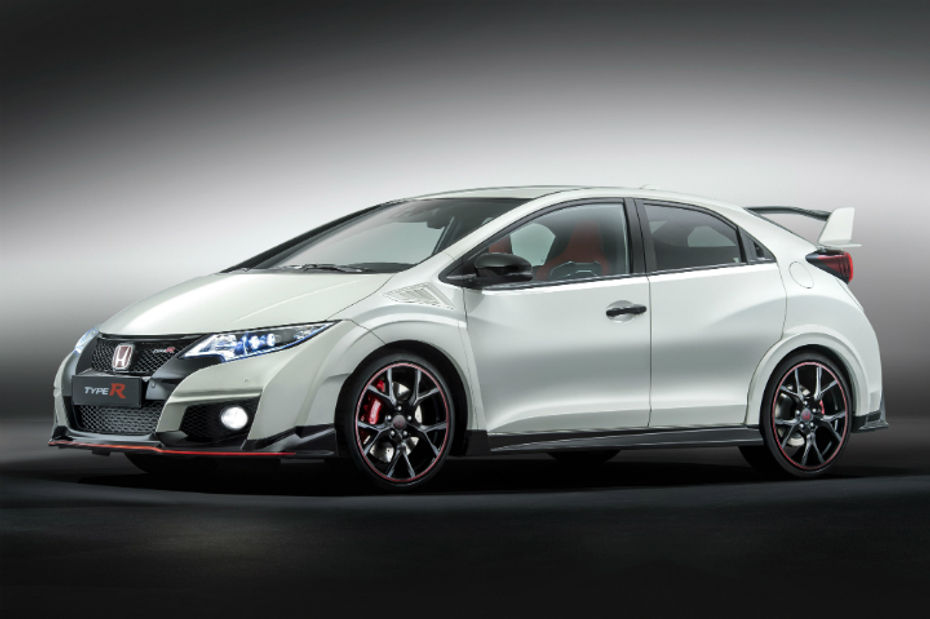
Euroland Civic was not as affected by Honda’s measures for the US. The Civic remained a hatchback here, while an interesting looking Tourer variant was launched in 2014 in certain markets. 2.2-litre and 1.6-litre diesel engines were also on offer.
The 9th-gen Honda Civic Type R must have had the shortest lifespan of any hot hatch in history. It lasted for only two years - 2015 and 2016. It was the first Civic performance variant to be fitted with a turbocharged engine - a 2.0-litre, 4-cylinder motor with direct fuel injection developing 310PS/400Nm in this case. Paired to a 6-speed manual transmission, the Type R could achieve 0-100kmph in 5.7 seconds and go on to hit 269kmph. The fight to become the fastest front-wheel drive car around the Nurburgring was rekindled by the Type R. It beat the Renault Megane 275 Trophy’s time by over three seconds. The time of 7:50.63 set by the Honda Civic R-Type stood for two years before the Golf GTI came along in 2016.
2015
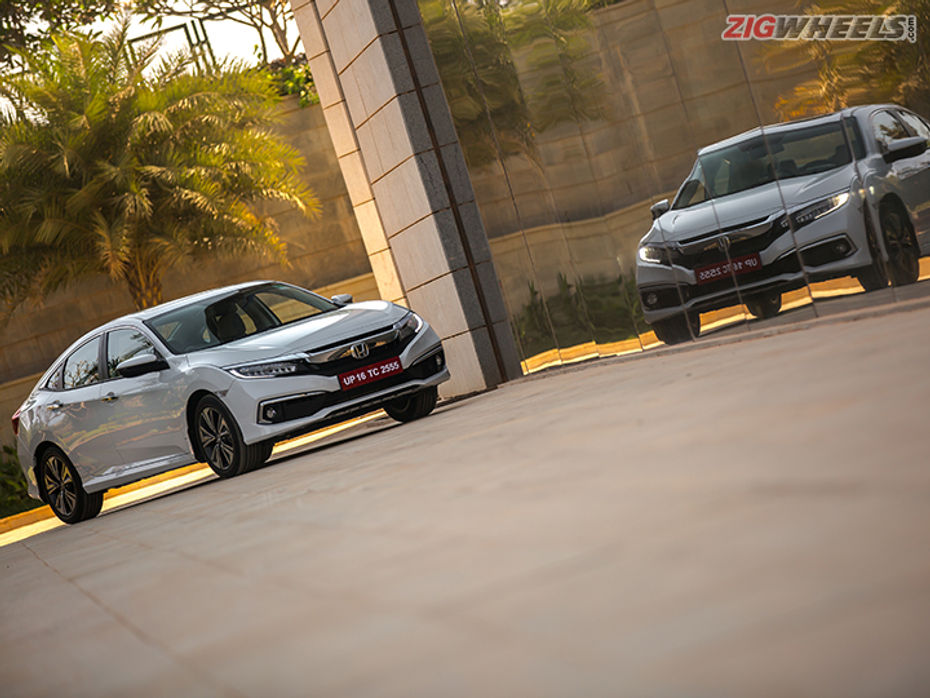
Honda was keen to introduce an all-new Civic to remove the negative vibe that had developed around the pre-facelift 9th-gen model. The all-new Civic was introduced worldwide within 4-5 years after the last one, though India would have to wait for four more years.
You can read our first impressions of the all-new India-spec Civic here.
Here’s how the Indian model compares to the first-gen model.
Dimensions
| 1972 Honda Civic 2-Door Hatchback | 2019 Honda Civic Sedan (India) | |
| Length | 3551mm | 4656mm |
| Width | 1505mm | 1799mm |
| Height | 1327mm | 1433mm |
| Wheelbase | 2200mm | 2700mm |
Engine Specifications
| 1972 Honda Civic 2-Door Hatchback | 2019 Honda Civic Sedan (India) | ||
| Petrol | Petrol | Diesel | |
| Displacement | 1.2-litre | 1.8-litre | 1.6-litre |
| Power | 69PS | 141PS | 120PS |
| Torque | 100Nm | 174Nm | 300Nm |
| Transmission | 4-speed manual | CVT | 6-speed manual |
Price
| 1972 Honda Civic 2-Door Hatchback | 2019 Honda Civic Sedan (India) | |
| Price | Rs 9.61 lakh (value adjusted for inflation and converted from US dollars) | Rs 17.70 lakh to Rs 22.30 lakh |

Honda Civic vs Skoda Octavia: Petrol AT Comparison Review

Honda Cars To Get BSVI-Compliant Engines Soon

Honda Civic Is Back! Launched At Rs 17.7 Lakh

Take A Sneak Peek At The 2022 Honda Civic (Before You’re Supposed...

Honda Rolls Out Monthly Offers Of Up To Rs 2.50 Lakh For Jan 2021

2022 Honda Civic Prototype Revealed, Looks Like A Smaller Sibling To...

Honda’s Next Iteration Of The Civic Is Almost Here, But In...

Next-Gen Honda Civic: 5 Things To Know

The Most Extreme Limited-Run Civic Type-R Is The Fastest...
India's largest automotive community
 Honda Amaze
Rs. 7.99 Lakh
Honda Amaze
Rs. 7.99 Lakh
 Honda City
Rs. 11.82 Lakh
Honda City
Rs. 11.82 Lakh
 Honda Elevate
Rs. 11.69 Lakh
Honda Elevate
Rs. 11.69 Lakh
 Honda City Hybrid
Rs. 19.00 Lakh
Honda City Hybrid
Rs. 19.00 Lakh
 Honda Amaze 2nd Gen
Rs. 7.19 Lakh
Honda Amaze 2nd Gen
Rs. 7.19 Lakh
 Maruti Dzire
Rs. 6.79 Lakh
Maruti Dzire
Rs. 6.79 Lakh
 Hyundai Verna
Rs. 11.07 Lakh
Hyundai Verna
Rs. 11.07 Lakh
 Toyota Camry
Rs. 48.00 Lakh
Toyota Camry
Rs. 48.00 Lakh
 Hyundai Aura
Rs. 6.54 Lakh
Hyundai Aura
Rs. 6.54 Lakh
 Honda Amaze
Rs. 7.99 Lakh
Honda Amaze
Rs. 7.99 Lakh